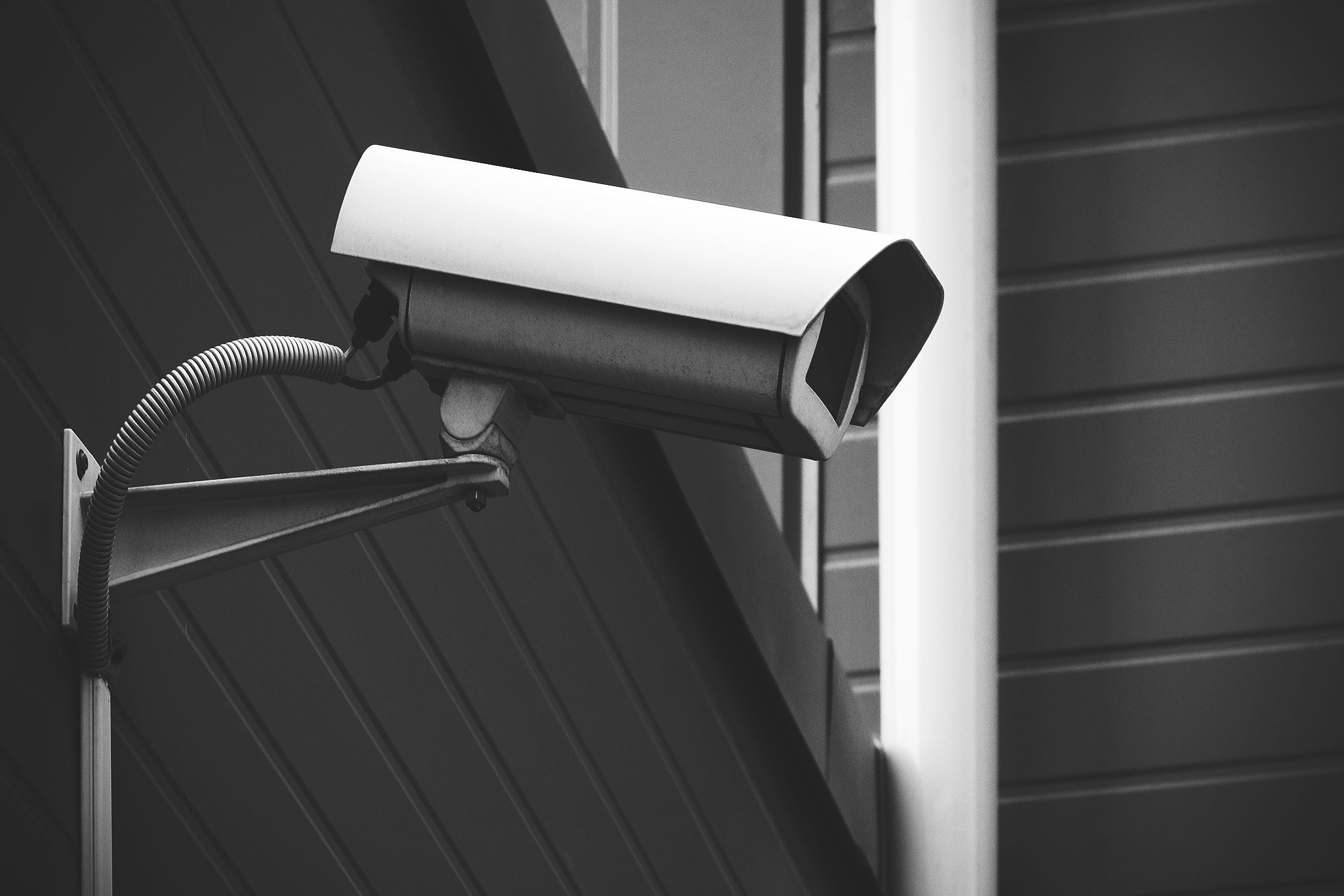Fusion Genesis Pte. Ltd. © 2020. Privacy Policy


Find out how IP video surveillance technology works for a more informed choice




SOLUTIONS
BY TECHNOLOGY
A video surveillance system is made up of a few components, including cameras, video management software, and a network video recorder. Here is a guide to help you understand each component and their features.
Cameras
There is a wide range of cameras serving different needs. Each type of camera is ideal for specific purposes. Therefore, it is important that you know the different types of cameras.
Wired and Wireless IP Cameras
Wired IP cameras are linked to local computer networks or the Internet via Ethernet cables. This allows the cameras to use maximal network bandwidth and ensures a stable connection. Wireless IP cameras are connected to the network via Wi-Fi or 3G/4G. Because they are wireless, these IP cameras can be used to survey a wider area and easier to install than wired IP cameras. However, the connection will not be as reliable.
Fixed and PTZ IP Cameras
Fixed IP cameras are network cameras placed in fixed positions. Therefore, they have fixed viewing directions and angles. A fixed network camera is, therefore, used to survey the same area of a property without ever panning away. Although they are fixed, these cameras may also be equipped with different lenses to enhance their functions. On the other hand, a PTZ IP camera offers pan, tilt, and zoom functions using either manual or automatic controls. This wide range of motion allows one camera to conduct surveillance from different directions and multiple angles, which makes it ideal for continuously tracking an object of interest and zooming to investigate.
Box and Dome IP Cameras
Box and dome IP cameras are differentiated by their design, not operation. Dome IP cameras offer better concealment than box IP cameras because the direction of focus is hidden unlike box IP cameras where onlookers will be able to tell where it is looking at. Dome IP cameras come with built-in protection against weather and vandalism while box IP cameras require a separate enclosure. Also, it is common to have integrated infrared light for dome IP cameras and not for box IP cameras. However, it is easier to change lens for a box IP camera than a dome IP camera.
Day and Night IP Cameras
This type of IP camera is used to provide all-day surveillance. During the day, the camera functions like a regular IP camera and produces full-colour images. At night, it employs infrared light to see in the darkness and produces black-and-white images.
Megapixel IP Cameras
A megapixel IP camera is equipped with a high-resolution lens to produce detailed images. The minimum resolution of a megapixel IP camera is 1280x1024 pixels. It requires significantly higher bandwidth and storage capacity than a regular network camera in order to transmit and store its HD images and videos. These cameras come in handy when users regularly need to review surveillance recordings for details.
Video management software (commonly referred to as VMS) allows you to record and view live video from multiple surveillance cameras. Because they are IP-based, VMS systems are more expandable and flexible, allowing users to control the software anywhere on the network. It is a non-appliance. VMS also allows integration with a wide range of third-party systems such as access control, video analytics, and alarm management systems. There are many different VMS in the market that cater to different needs.
Consult with our experts to find out which is your best choice.
SECURITY CAMERA SYSTEMS
VIDEO MANAGEMENT SOFTWARE (VMS)

A network video recorder (commonly referred to as NVR) is a complete IP camera recording device. It is typically proprietary and not expandable. Unlike VMS, NVR is an appliance. It is like buying a appliance with the software preloaded onto the hardware.
NETWORK VIDEO RECORDER

There are numerous considerations when it comes to installing a wireless video surveillance and our team of experts are here to help. One common misconception is that existing Wi-Fi networks will be of adequate support to the wireless camera system. It is of advice that a dedicated point-to-point wireless network is created. There are bandwidth limitations when it comes to using existing Wi-Fi network for the camera, causing difficulties in streaming and downloading of important video data. Also, there are security concerns when using existing Wi-Fi networks as users will be able to gain access to the camera network. Other considerations include extended wireless signal, power supply, Power over Ethernet (PoE), etc. Contact our team to find out more about wireless technology.
WIRELESS VIDEO SURVEILLANCE